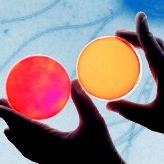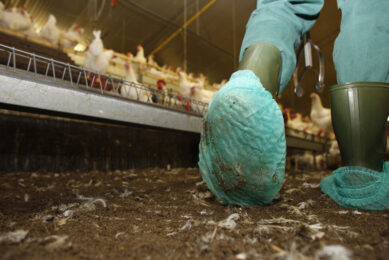Colour coding Campylobacter

A ready-to-use test that changes colour when exposed to Campylobacter in food products has been developed by French company bioMérieux.
The test, called CampyFood ID, turns colonies (formed in a culture medium of clear agar) an orange-red colour, making it easier to distinguish them, according to the in vitro diagnostics company based in Marcy-l’Etoile.
Campylobacter, primarily C. jejuni, is the third leading cause of death from foodborne infections in the world. It is believed that Campylobacteriosis in humans is mainly caused by the ingestion of undercooked poultry meat, or cross contamination with infected poultry meat. The pathogen is the cause of enteric infections that can be severe enough to cause death or serious neurological damage, and many strains are resistant to antibiotics.
Campylobacter testing is not often required by food safety regulations, but food companies do have a responsibility to adopt measures to guarantee food safety. A new international ISO standard on detecting of Campylobacter was recently issued (ISO 10272-1:2006).
CampyFood ID’s effectiveness is due to it’s specific composition – a combination of a coloured indicator with antibiotics. The charcoal or blood media normally used to test for Campylobacter pathogens are not easily readable by food labs, making Campylobacter analysis complex and long.
The new test is part of bioMérieux’s offering in the food microbiology segement of the market. The company also makes tests for Listeria and L. monocytogenes, Salmonella, E. coli and E. coli O157:H7.
A report released by the European Commission about the persistence of a range of foodborne diseases indicated a general increase in the EU of reported cases of campylobacteriosis over the past several years.













